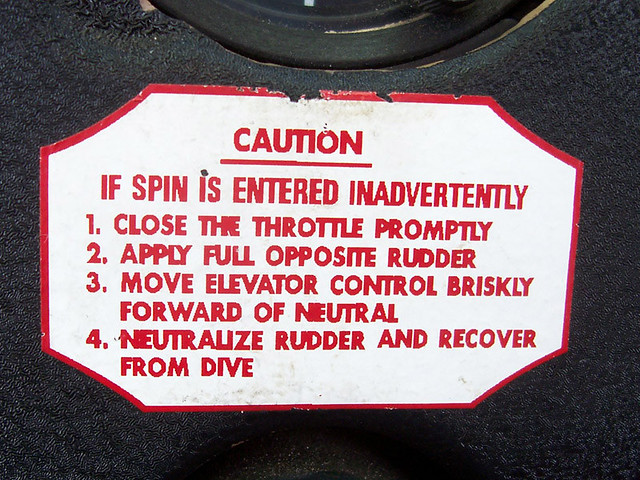bjohnsonmn
Pre-takeoff checklist
Terrifying! But, I am sure you are a better pilot for it! There have been a number of folks who have pointed out that your first solo plan was a bit off. Mine was a victory lap around the pattern, which turned out to be one of the LONGEST upwind and downwind legs of a patter of my life. (Arriving parallel jet traffic, and a tower controller who knew it was my first time up solo... savor may have been a part of her call).
Take a little time, but make sure you get back in it at some point. First, perhaps a familiarization flight, and back at it.
OR, you could attack it with fire, and go for some aerobatic training...
Regardless, best of luck!!
Take a little time, but make sure you get back in it at some point. First, perhaps a familiarization flight, and back at it.
OR, you could attack it with fire, and go for some aerobatic training...
Regardless, best of luck!!

 ).
). 

